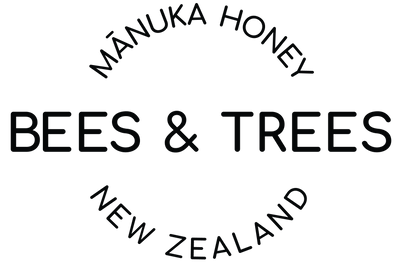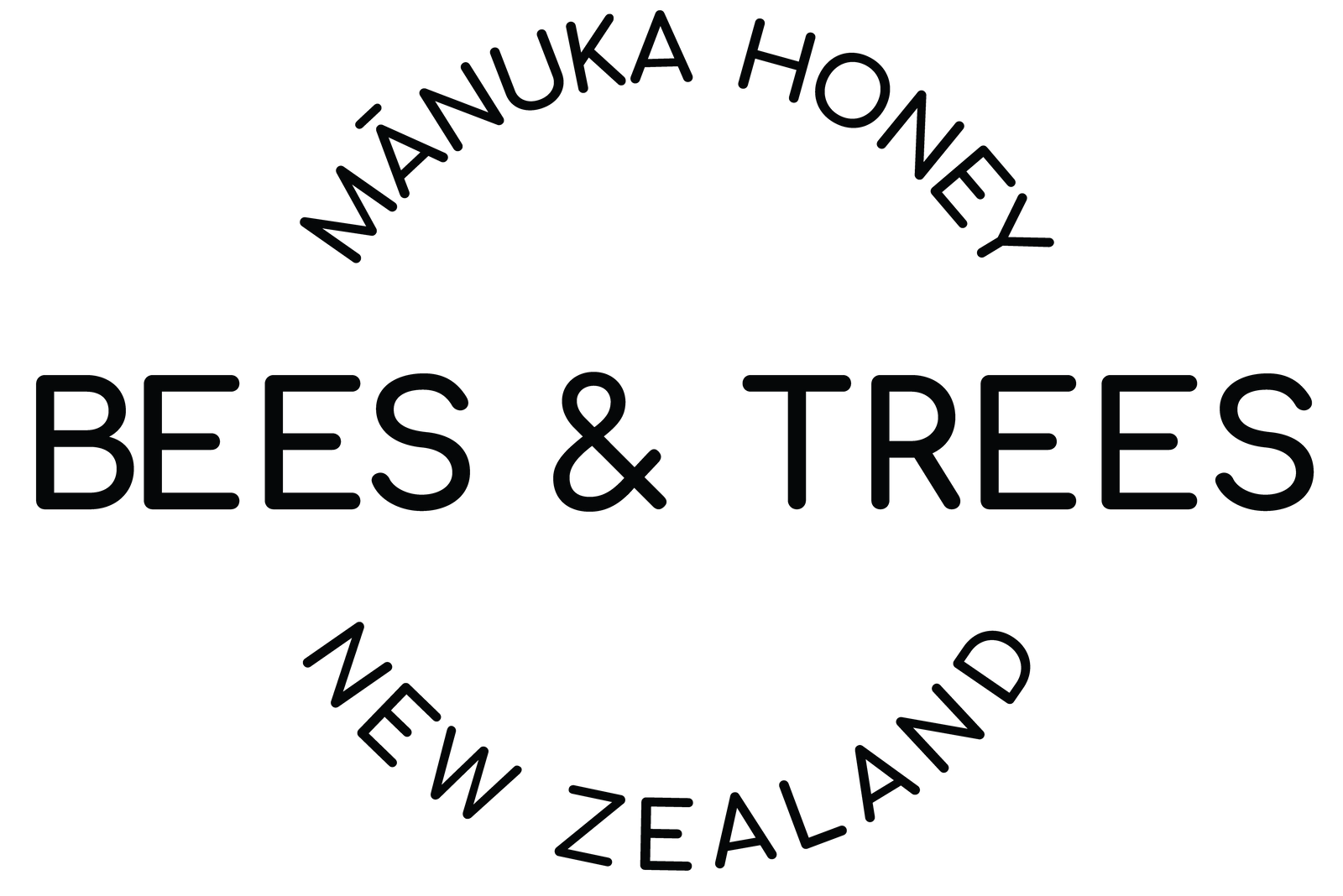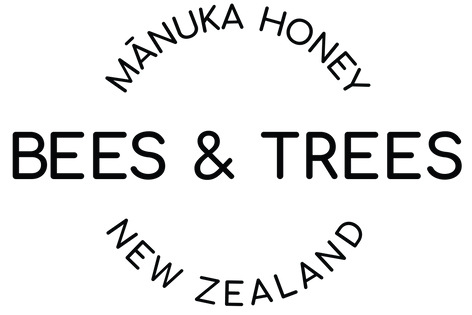
You should never buy Manuka Honey without knowing anything about the company (the source) or if they are properly labeling the honey (the facts). When it comes to buying Manuka honey, you really need to know what you’re getting or you could end up with a product that is not what you think it is, disappointed with the results, and paying too much for an inferior product.
Evaluating the Manuka honey company (the source) can be a bit more subjective; similar to evaluating the source of a news story. How much do you know about the company? Are they transparent with their test results? Where does their honey come from and do they have Country of Origin Certification? What do they say about themselves on their website and their social channels? What type of information do they share? Do they seem authentic in the way they present themselves? The answers to these questions will give you some facts and a feeling for the company to help you determine if they are a trustworthy source.
Now the facts. The number one, biggest, most important question you should ask is – are they accurately indicating the amount of methylglyoxal (MG) on their label? There are only two legitimate ways to label the amount of methylglyoxal (Manuka honey’s unique ingredient that makes it so potent) in a jar of Manuka honey. But first, let’s talk about exactly what is methylglyoxal.
Methylglyoxal Content
The value of active Manuka honey is based on the concentration levels of methylglyoxal (MG) contained in the honey. Manuka honey has strong antibacterial properties that are unlike ordinary floral honeys, and 
Manuka honey is the ONLY honey in the world with meaningful levels of MG. The amount of MG in a Manuka honey determines its value. If your honey has low levels (or no levels) of MG, it really shouldn't cost you more than any other table honey.
The Only 2 Legitimate Ways to Label Manuka Honey
You can put the actual concentration of MG on the jar. MG concentrations in Manuka honey generally range from 100 to about 600. There are values higher than 600 MG, but those honeys are rarer, and can be quite expensive. When you look at a jar of Manuka honey rated this way, should say MG or MGO (both are abbreviations for methylglyoxal) in front of the numbers. It has to have the actual letters M-G or M-G-O or it is not properly labeled and does not properly represent the amount of MG in the jar.
Another rating system used that you may be familiar with is the UMF scale. UMF means “Unique Manuka Factor”, it is a term trademarked by the UMF Honey Association in New Zealand. (2) UMF members test their honey for MG concentration, for Hydroxymethylfurfural (HMF), and Leptosperin. After confirming threshold levels of HMF and Leptosperin, the actual UMF rating simply corresponds to the MG content and ranges from 5-20 (see chart below). Most brands that use the UMF scale will typically use an even number, such as, 5+ UMF, 10+ UMF, or 15+ UMF.
The MG or UMF number should be on the label; if it isn’t on the label, you don’t know what you are getting. If you are a legitimate Manuka honey brand and you have honey with a meaningful concentration of MG, you put it on the label. Either by displaying the MG test result, or by using the UMF correlated rating number (provided threshold HMF and Leptosperin values are confirmed). If you have a real Manuka honey, there is no reason not to properly label the jar. There are, quite simply, no departures from this standard.

Manuka Honey Imposters
If you don't see actual MG or UMF ratings on the label, you need to be asking yourself "Why not?" The answer is simple—they just don't have it. The biggest offenders among the Manuka honey brands are those you would not suspect. The jars say "Manuka Honey" all over the label, and many contain words like "Bio Active 15+" or "K Factor 16" that are intended to make you think they are UMF ratings, but in fact, they are nothing more than words and numbers on a page created by the company. Some honeys will also mention other scientific/compound disclosures, including DHA. While DHA is a precursor compound to MG, it cannot be correlated to the MG level and does not tell you the potency of the honey. Putting DHA on the label is just another attempt to fool you. The same can be said for disclosures about pollen count or pollen percentage—they aren't accepted standards for measuring the activity of Manuka honey.
Manuka Honey – Worth the Effort
Manuka honey’s host of synergistic properties make it one of Nature’s most potent superfoods and well worth the effort of understanding what is legitimate and what is not. When looking at a Manuka honey product label, just be sure it has the actual MG level or a UMF rating. Anything else can’t be trusted.
If you still aren’t sure or you have a question not covered in this article, just ask us; we are happy to help.
100% Active Manuka Honey
At Bees & Trees Manuka Honey, we are on a mission to bring understanding and assurance to you as the consumer. We put the MG content right on our jar. We are happy to provide our independent lab test for each and every batch of honey that we produce showing the actual MG content. These can always be found linked at the bottom of our product pages on our website. We provide origin certification from Oritain, a global leader in preventing food fraud.
When you buy Bees & Trees Manuka honey, you can be confident that you're getting real, authentic Manuka honey.
Click here to order a jar of Bees and Trees Manuka honey today.

(1) http://onlinelibrary.wiley.com/doi/10.1002/mnfr.200700282/abstract
(2) http://www.umf.org.nz/grading-system-explained/
***





